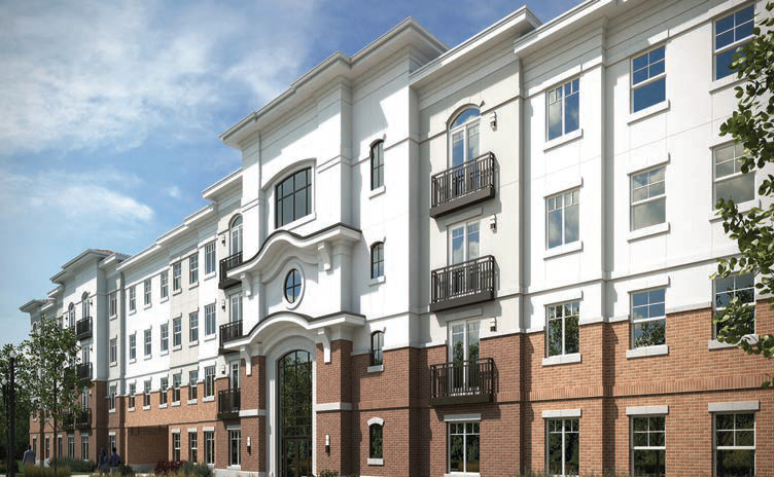By John Rogers
Last year set all kinds of records for the commercial real estate business in southwestern Utah, according to a report released last week by St. George’s NAI Excel, a real estate firm that handled a good share of those transactions. The multitude of housing complexes, hotels, offices and retail stores that sprung up set records for both dollars spent and raw square footage, the report said.
{mprestriction ids="1,3"}The area’s long-running recovery from the Great Recession saw gradual increases in new development, but 2017 stood out as a new high mark, said Neil Walter, managing director at NAI. But the “spike year” could signal a drop-off in 2018, Walter warned. “I think that’s going to be the defining characteristic of this period of expansion,” he said. “It’s not an explosion. It’s a slow-moving wave. The recovery started in 2010 and we’ve really had steady growth every year since,” Walter told the Spectrum newspaper.
The “NAI Excel Outlook” said that the real estate market is thriving in all sectors, with property values increasing and vacancy rates for open apartments, office space and industrial buildings nearly nonexistent.
The vacancy rates for multi-family housing units remains below 1 percent, a key contributor to the area’s lack of affordable housing options. Rental rates went up 6.6 percent over the course of 2017, after increasing by 7.2 percent in 2016. But last year signaled some relief with the completion of two large student housing projects and the start of construction on two large apartment complexes.
Five projects are under construction heading into 2018 that should add about 900 new housing units combined.
On the commercial side, a series of new grocery stores have started to attract surrounding retail stores and vacancy rates in the new construction is at a low 3.5 percent. The low vacancy and availability of prime spots near the larger grocery stores should encourage more new construction, according to the NAI report.
The report compares some of southwestern Utah’s trends to those in the Salt Lake City and Las Vegas areas, with similar indicators in all three: continued expansion accelerating as the region moves farther from the Great Recession.
Walter said the numbers leave him more confident than he was a decade ago, when the housing boom of the mid-2000s was starting to tip over into the recession. “This slower, more stable recovery and now expansion has a lot stronger foundation,” he said, pointing to the lower vacancy rates as evidence that developers aren’t building too quickly.
The new development is also helping to boost the southwestern Utah job market, according to figures from the Department of Workforce Services. Washington County added an estimated 2,800 new jobs from November of 2016 to the same month in 2017, a 4.4 percent increase.{/mprestriction}








